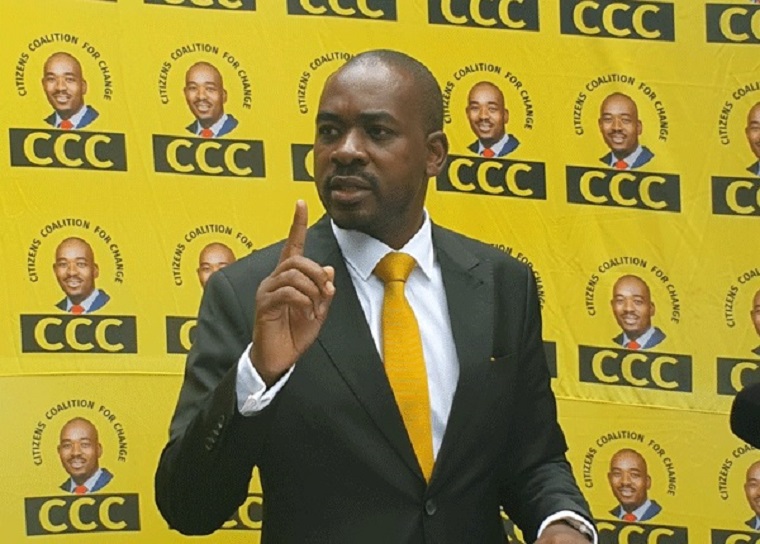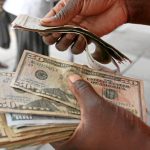 Nelson Chamisa, 45, is a political crowd pleaser. Back in the 1990s, he captivated students at Zimbabwe’s higher education institutions; today, he’s vying for the presidency of the country. That’s no small task; he’s looking to unseat incumbent Emmerson Mnangagwa, leader of the well entrenched, autocratic ZANU-PF.
Nelson Chamisa, 45, is a political crowd pleaser. Back in the 1990s, he captivated students at Zimbabwe’s higher education institutions; today, he’s vying for the presidency of the country. That’s no small task; he’s looking to unseat incumbent Emmerson Mnangagwa, leader of the well entrenched, autocratic ZANU-PF.
Chalton Hwende first met the Citizens Coalition for Change (CCC) leader in 1996, when Chamisa arrived at the Harare Polytechnic as a young marketing student. “At that time I was the SRC president at the Harare Poly and he was a first year student,” the senior opposition figure said. “He seemed lost, like someone who had just arrived in town and needed a lot of help.”
Within no time, however, Chamisa had immersed himself in student politics, joining the Zimbabwe National Students Union. At the time, student activists often found themselves in conflict with the government, with many — Chamisa among them — suspended or expelled.
By 1999, he’d succeeded Hwende as president of the SRC. But his influence extended beyond the polytechnic. “I remember in 1999 when Chamisa came to the University of Zimbabwe, some student leaders were a bit hesitant to let him speak because he was not from the varsity,” human rights defender Nixon Nyikadzino said.
Still, Nyikadzino and student leaders Job Sikhala (a prominent opposition politician today) and Daniel Molokele (now a human rights lawyer) gave him the floor. “When he spoke, he was so eloquent, charming and convincing,” Nyikadzino says. “The crowds loved him and his popularity at the college grew from there.”
Chamisa, also a practising lawyer, would go on to complete a bachelor’s degree in political science and public administration, an LLB and a master’s in international relations and diplomacy at the University of Zimbabwe. He also holds a governance and development studies degree from Stanford University in the US.
Chamisa’s rise in politics coincided with growing disenchantment with Robert Mugabe’s rule.
In the late 1990s Mugabe had taken two decisions that set the country on a ruinous economic path. First, in November 1997, he yielded to pressure from veterans of Zimbabwe’s war of independence and approved hefty, one-off pension distributions of $50 000, plus additional monthly pensions of $2 000.
It was a decision the markets punished. On “Black Friday” — November 14 — the Zimbabwe dollar plunged 72% against the US dollar. It was a dramatic devaluation and harbinger of the country’s eventual slide.
Nearly a year later, on August 2 1998, Mugabe deployed Zimbabwean troops to the Democratic Republic of Congo (DRC) to defend the regime of Laurent Kabila against a rebel incursion backed by Uganda and Rwanda. The financial burden of that intervention, as well as the effect on foreign investment and agriculture (farmers were conscripted to the military) took a toll.
Coming on top of the pensions decision, the ill-advised DRC deployment laid the ground for an economic collapse that by the 2000s saw the monthly inflation rate top out at 79.6billion percent.
Not helping matters was Zimbabwe Congress of Trade Unions leader Morgan Tsvangirai’s call, since 1997, for labour stayaways.
Continued next page
(478 VIEWS)

